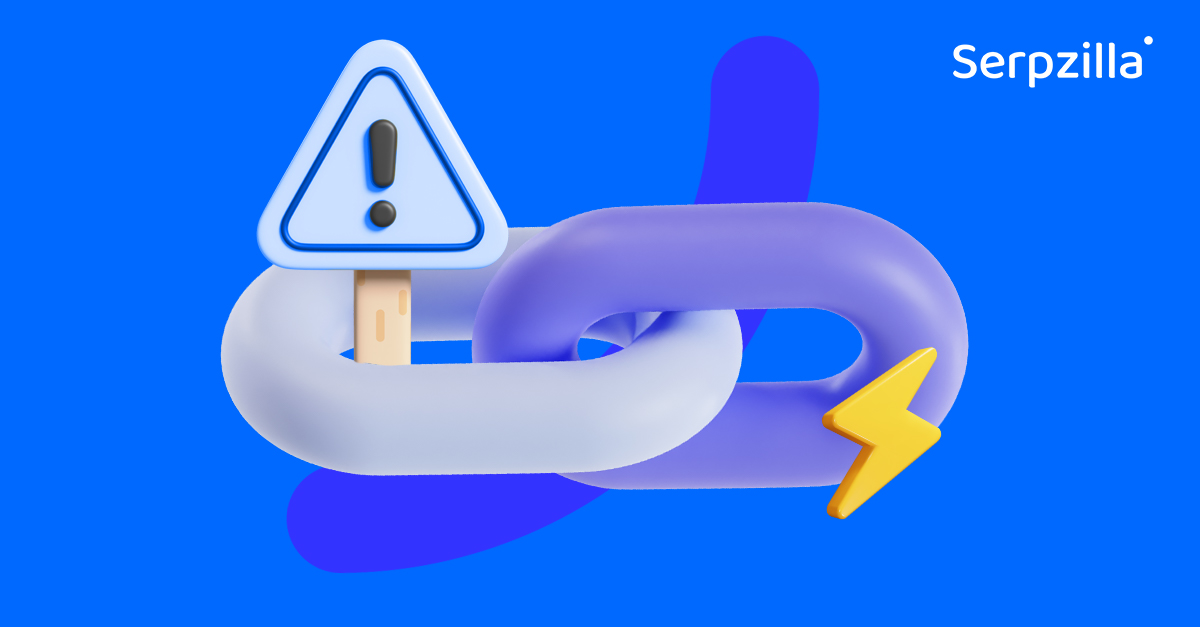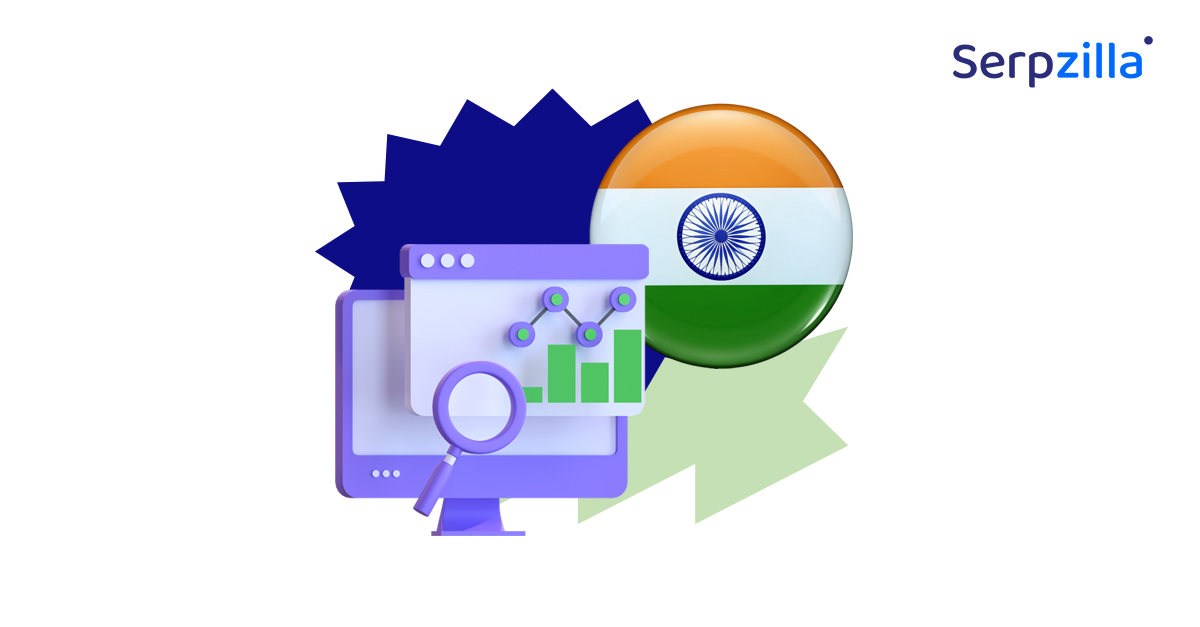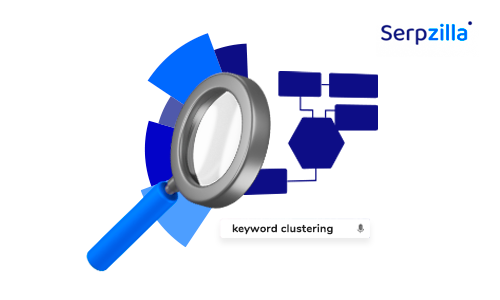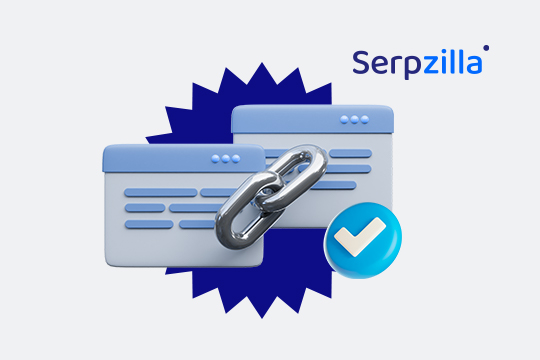Link building is a very multifaceted sphere of SEO activity. It doesn’t only involve prospecting potential backlink opportunities, outreach and networking and creating content to market. Links change their quality if their origin changes. Sometimes, link building involves clean up. In fact, most SEO marketers who continuously work on their backlink profiles systematically, need to engage in this type of clean up from time to time. This process is called disavowing links. In this article, we will tackle all the important questions, connected with disavowing links.
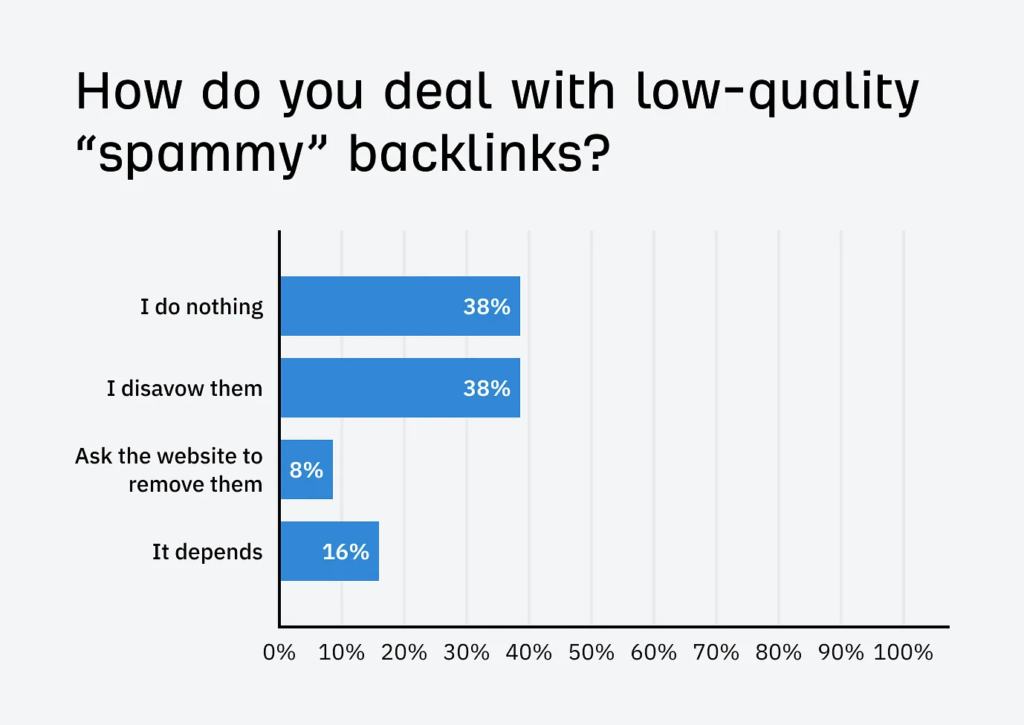
What is Disavowing Links?
You disavow links when you let search engines know, as a SEO marketer or as a webmaster, that you don’t want them to ignore certain links to your resources. That is, you don’t want the search engines to use these links to calculate your SERP rankings or any other metrics. Basically, you don’t want these links to be associated with you search-engine-wise in any respect.
Why would you even do it? Google is getting better and better at determining toxic links and web spam, and it doesn’t always place the blame for creating such links with site owners. So, yes, if a competitor decides to place a bunch of irrelevant spammy image board comments with a link to your site in hopes to dampen your site authority, most likely, it will do nothing. Google ignores such links automatically with no consequences for the site owners. However, there are still plenty of unnatural links out there that search engines have no idea how to identify reliably. If this identification goes wrong, you can be slapped with penalties. In this case, submitting a disavowal list can help you restore your traffic.

When to Disavow Backlinks
If you monitor your SEO statistics consistently, which you should always do, there are several types of situations that call for disavowing links.
- Toxic Backlinks
Links from sites with low domain authority, sites engaged in black hat SEO practices, PBN networks, and irrelevant links are all considered toxic. Having such links in your backlink profile can be quite ruinous for your SEO efforts, as they will decrease your trustworthiness, domain authority and ultimately, negatively affect our SERP results. The trick here is that a link that was perfectly legit some time ago, can become toxic with Google’s new set of rules. Or if the source site’s webmaster engages in SEO activity that significantly lowers its DA score and marks the website as ill-reputable.
- Link Penalties
If Google detects manipulative link-building activities going on with your resource, your website may receive a manual action penalty. Of course, the best way to deal with this case is never let it happen in the first place, as these penalties can be very detrimental. Sometimes, you simply need to abandon your previous efforts and start all over again. But in most cases, the situation can be salvaged or helped, and this is where you need to disavow manipulated backlinks that led to the penalty.
How to Identify Backlinks to Disavow: Tools That Can Help
Determining which backlinks to disavow requires careful analysis and constant, underlined, constant monitoring. Here are some factors and metrics to look out for:
1. Domain Authority: Low authority domains that link back to you can indicate poor quality of the backlink. If you have such links en masse in your backlink profile, it’s time to take action. Use tools like Serpzilla, Ahrefs or Moz to evaluate the DA of your link sources and the average DA of your backlink profile.
2. Spam Score: High spam scores often signify toxic links. A high spam score means that the link source has already been penalized by search engines. You definitely do not want such a site to link back to you. You can use tools like SEMrush, Moz and Ahrefs to check your link sources spam score. Below is the picture of analyzing a spam score using Semrush.
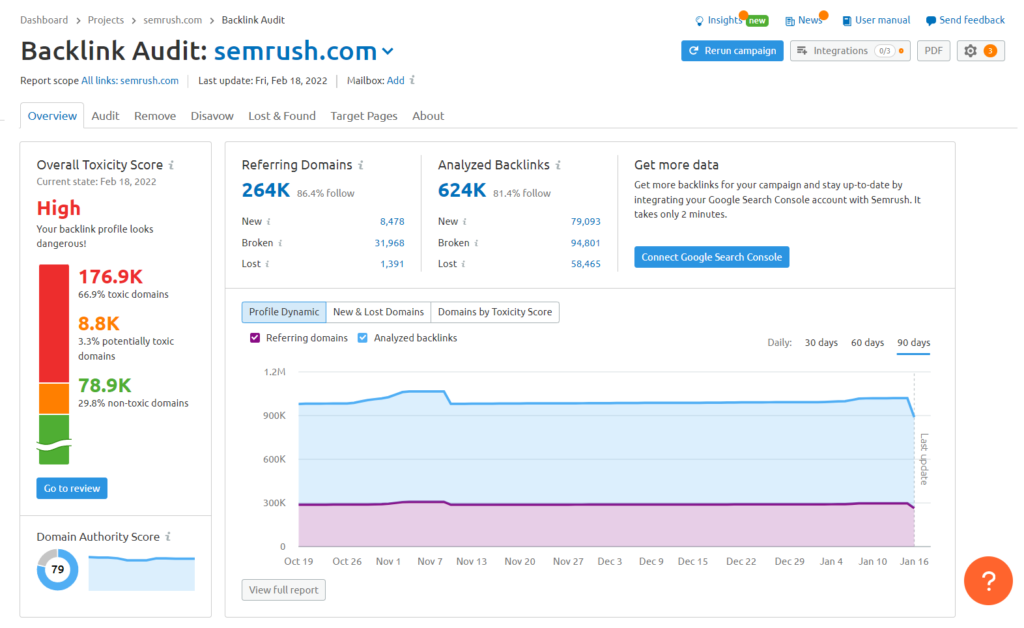
3. Relevance: Irrelevant links from unrelated niches can harm your SEO. Make sure to check the context in which your backlinks are placed. It doesn’t always have to be industry related, but it has to be clear why a backlink to your website can be useful to the audience of the source content. Use reliable link building platforms like Serpzilla to ensure that your backlinks are always relevant.
4. Anchor Text: Over-optimized or irrelevant anchor texts can be a red flag. Opt for more natural and more diverse anchor texts.
5. Link Velocity: As of now, Google doesn’t really consider link velocity increases as signs of some suspicious activities. Most often, a link velocity spike happens quite naturally, when a piece of content goes viral. But in this case, Google can be more picky about the quality of the backlinks acquired after such a spike. If it’s a viral post, the links will be very diverse, coming from all walks of Internet.
Step-by-Step Guide to Disavowing Links in Google Search Console
Disavowing links in Google Search Console is a straightforward process. Here are the steps:
- Prepare your disavow file: Create a text file (.txt) listing all the URLs or domains you want to disavow. Each line should contain only one URL or domain.
Here’s an example of how it can look like:

2. Log in to Google Search Console: Navigate to the Disavow Tool page.

3. Select your property: Choose the website for which you want to disavow links. Make sure you use a single disavow file for each site.
4. Upload your disavow file: Click on the “Upload” button and select your previously prepared disavow file.
5. Submit the file: Confirm your submission and wait for Google to process the file. It can take some time, so don’t expect instant results.
6. Monitor your Stats: using Google Search Console and other tools, carefully monitor your backlink profile and overall performance for changes.
7. Update when necessary: You can update the disavow file to include new toxic links.
What to Do After Disavowing Links
Now that you’ve taken care of getting rid of the toxic links, it’s not the time to rest on laurels. The monitoring activity and looking out for toxic links should be made an essential part of your SEO routine. Keep an eye on:
- Search Rankings: Check if there’s an improvement in your search engine rankings.
- Organic Traffic: Monitor your organic traffic for any positive changes.
- Backlink Profile: Regularly review your backlink profile to ensure no new toxic links are pointing to your site.
Best Practices for a Healthy and Strong Backlink Profile
Maintaining a robust backlink profile involves ongoing efforts. Here are some best practices:
- Regular Audits: We can’t stress enough how important systematic monitoring is. Use tools like Ahrefs or SEMrush to evaluate the health of your backlink profile and to be able to take quick actions.
- Quality Over Quantity: This really should be the motto of anyone’s SEO campaign. And it has proven to be much more effective. With tools like Serpzilla, you can evaluate the quality of the potential backlink before you place it. You can use Serpzilla to create pools of highly relevant guest blogging and backlink prospects for your particular niche. All of our sources are being constantly evaluated for health and relevance, so the chance that you will acquire a toxic backlink using Serpzilla is virtually approaching zero.
- Natural Link Building: Your best bet. Generating organic traffic is your best protection against any potential harm related to toxic backlinks. Invest in content marketing, influencer collabs, outreach. Maintain active social media presence and engage your audience to build a loyal following that will gladly spread your links around.
- Diversified Anchor Texts: Use varied and relevant anchor texts to avoid over-optimization.
How can Serpzilla Help?
Serpzilla offers a variety of tools to help you prevent the very dealing with toxic links. Using Serpzilla, you can carefully evaluate all the link prospects and analyze their potential usefulness for your website. Serpzilla offers an extensive, very finely tuned search and a multitude of criteria you can use to sort and filter your backlink prospects:
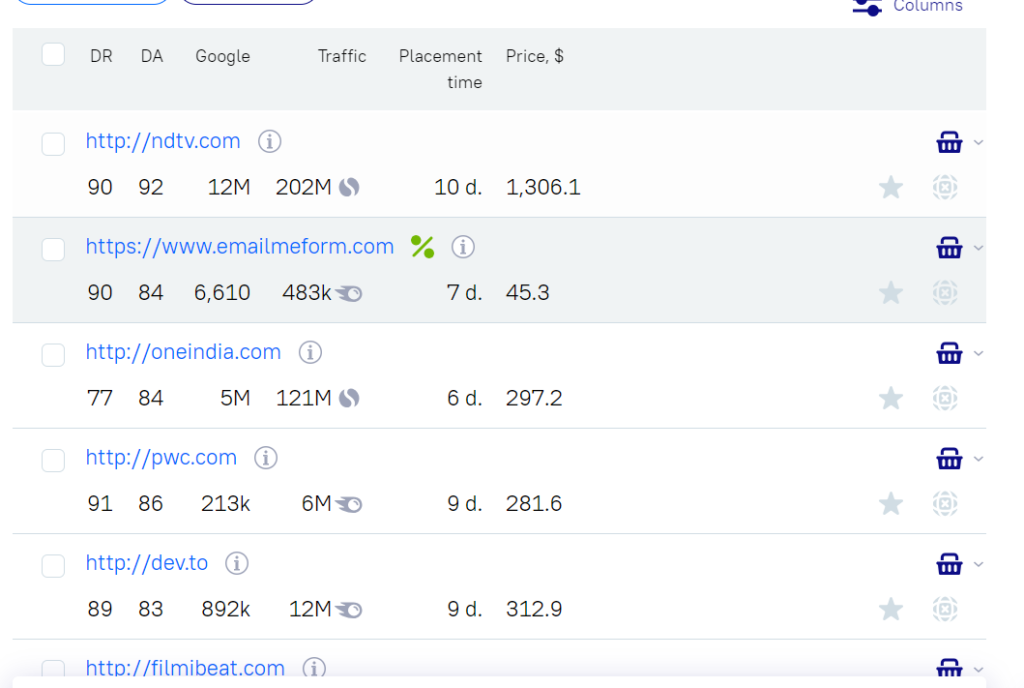
You can create collections basing on various criteria and make very well-informed decisions about link placement. This way, you will avoid the majority of potential toxic links.
However, as we have stated, a backlink that was perfectly okay, can become toxic. For this case, Serpzilla offers extensive backlink profile monitoring options that you can use. You can evaluate all domains that link back to you in real time and see the changes in their stats.

If something goes sour, you will know immediately that you need to take action and disavow a potentially harmful link.
Conclusion:
Maintaining a healthy backlink profile is not just about link building, but also about careful and timely clean up. Following the steps and best practices described above, you will always know when and how to disavow links. Doing this in a timely and proactive manner will help you to steer clear of search engines penalties and positively affect your overall SEO.




